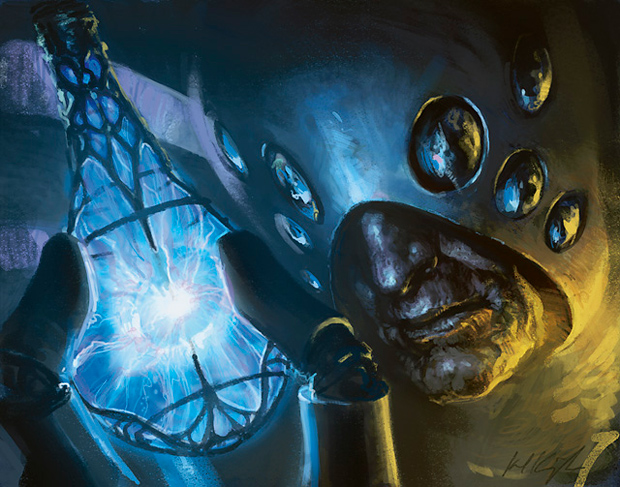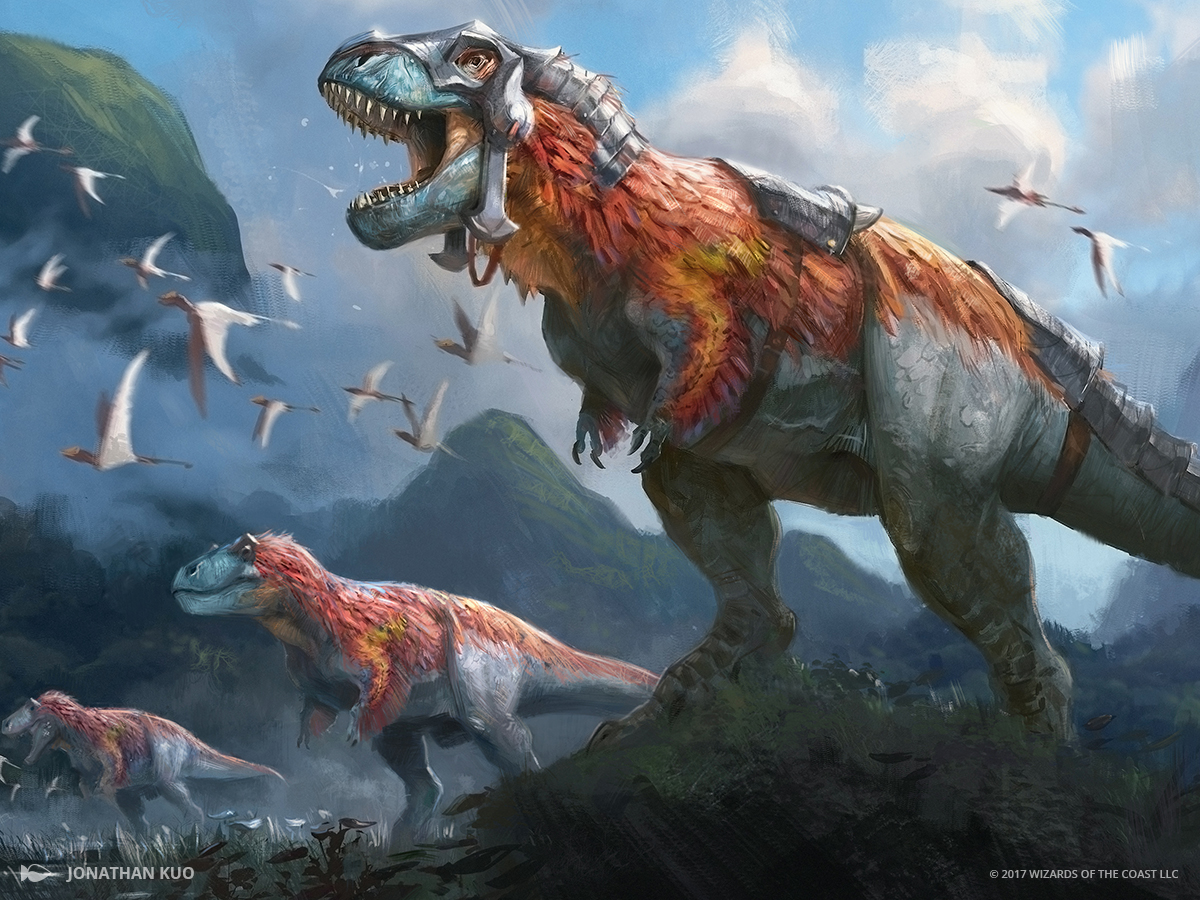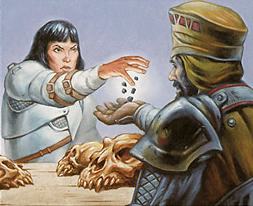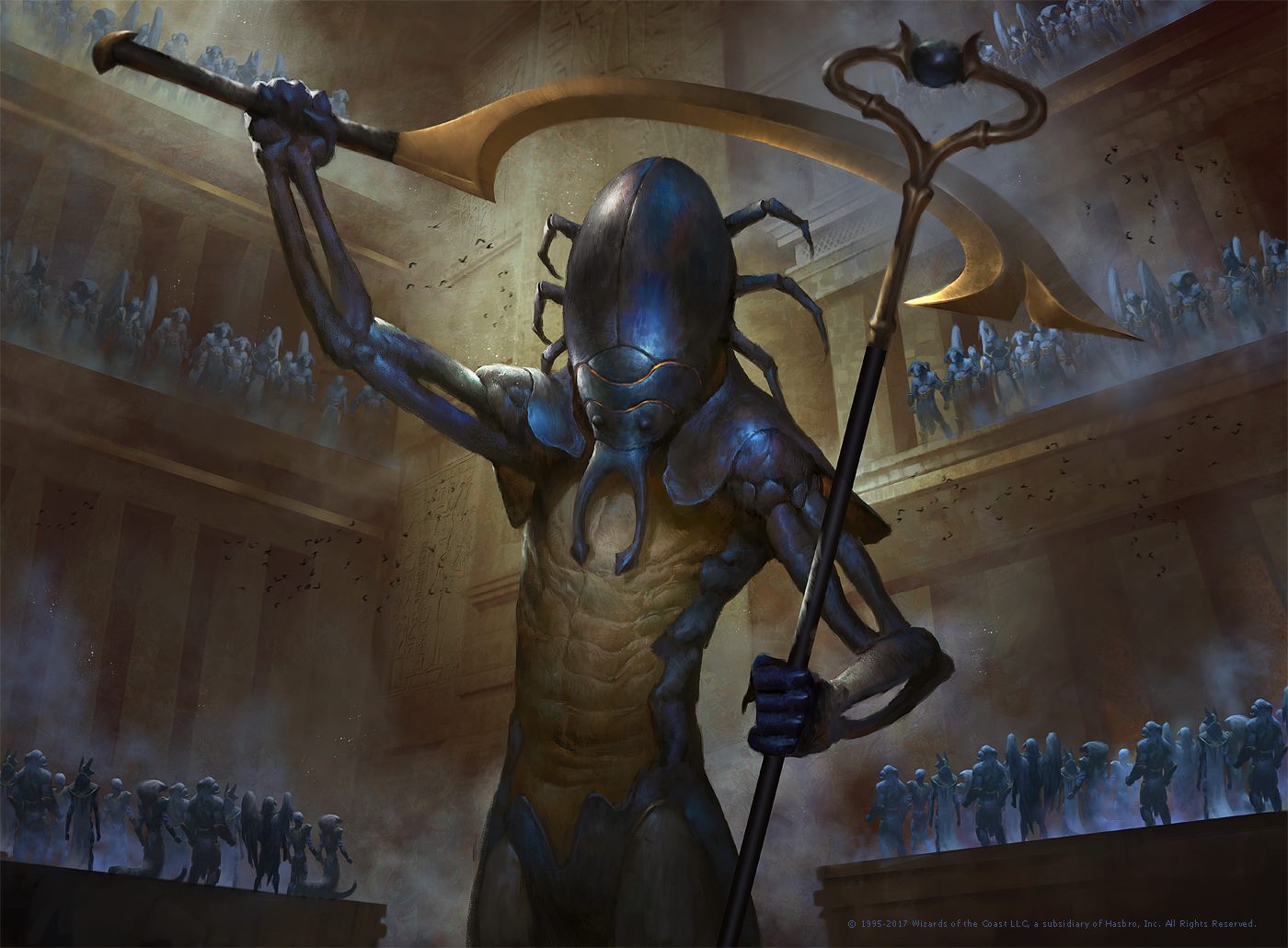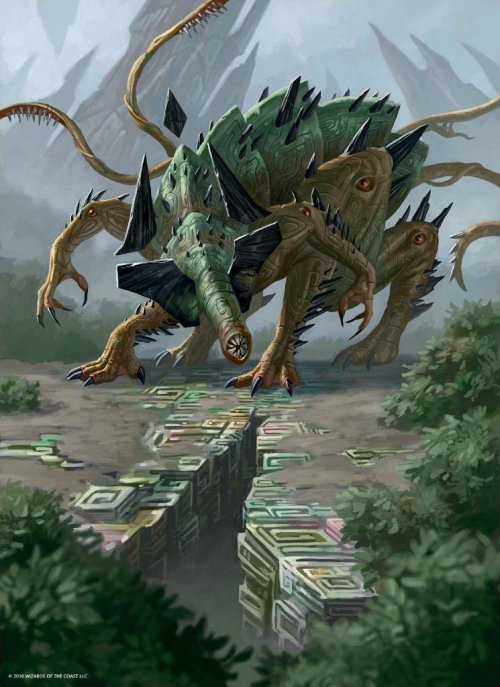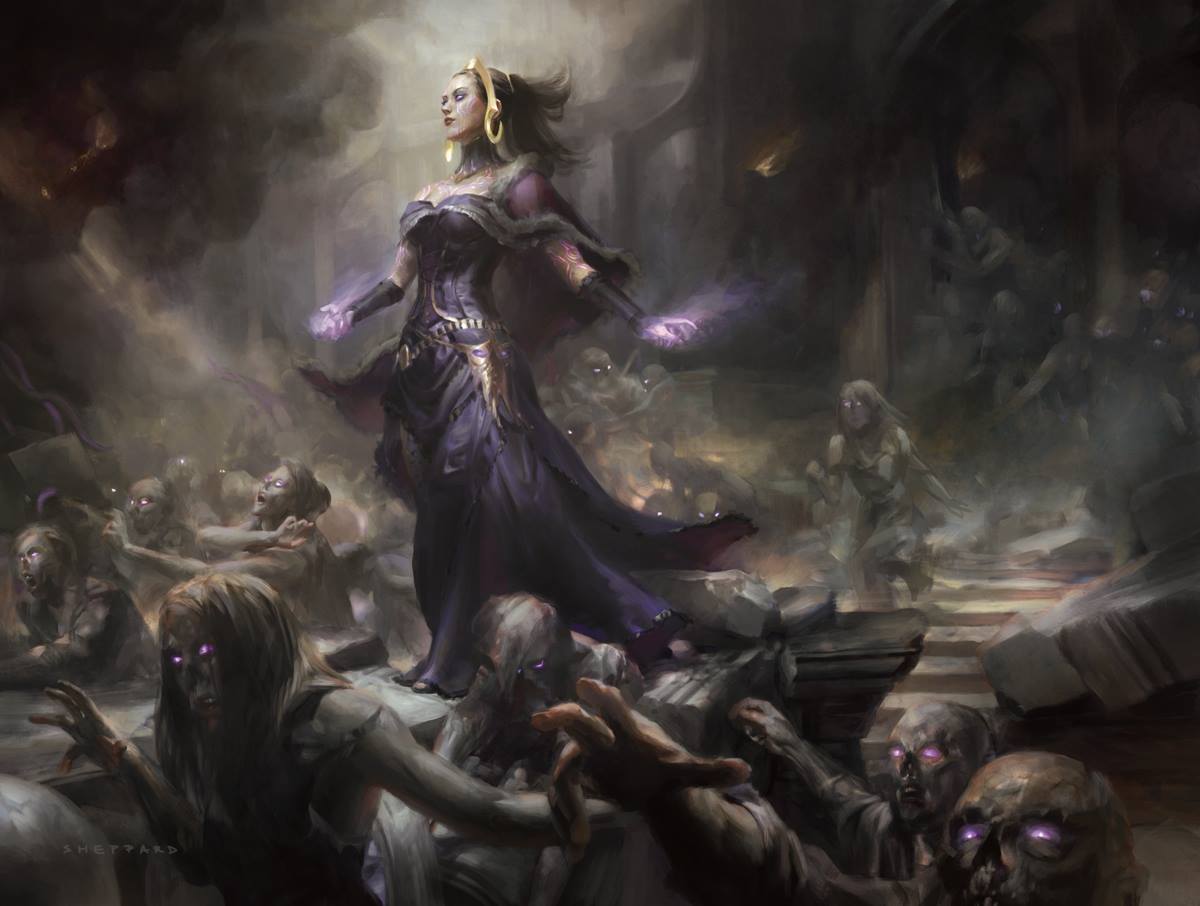Last week was a volatile one for the stock market, which begs the question: will such a sudden drop impact Magic prices? Sig looks back in history to investigate.
Magic Card Market Theory
Masters sets have fundamentally changed the Magic marketplace. Brian explores what it means when virtually every Modern staple is doomed to a reprint.
Masters sets have had an enormous impact on the secondary market and the way we speculate. David shares his strategies for adapting to the new environment.
In the nightmare scenario where Magic itself is canceled, what would happen to card prices? Pete investigates the hypothetical we hope never comes to pass.
In stock market investing, “Alpha” and “Beta” are concepts used to describe risk. Sig explains the terms and how they can be applied towards smarter investing in MTG finance.
Is it worth buying cards as a third-party for people across the Atlantic from you? Niels breaks it down for us.
Last week a presentation at Sig’s work spurred him to reflect on MTG finance strategy. He explores some theory around hype and looks for what “innovation triggers” may be on the horizon.
With Commander 2017 hitting the shelves, it’s a good time to review the basics of the format’s demand—who do these cards appeal to, and what are their buying habits?
Brian lays out the basic rules he follows for every spec—when to buy, when to sell, and how to identify cards by their relation to major trends in the Magic market.
MTGO price changes often portend similar movement in paper. David looks at the phenomenon and discusses how to take advantage.
On the surface MTG finance looks healthy, but there are some areas of weakness. This begs the question: do we stick with what’s working or shift to the underperformers?
One day it’s Devoted Druid, the next it’s Mana Matrix. Buyouts are a daily occurrence, but one that’s not too hard to capitalize on if you can get ahead of the spike.
Sealed product is yet another way to invest money in Magic. David looks at some quantitative measures of the value of different sets and what drives it.



